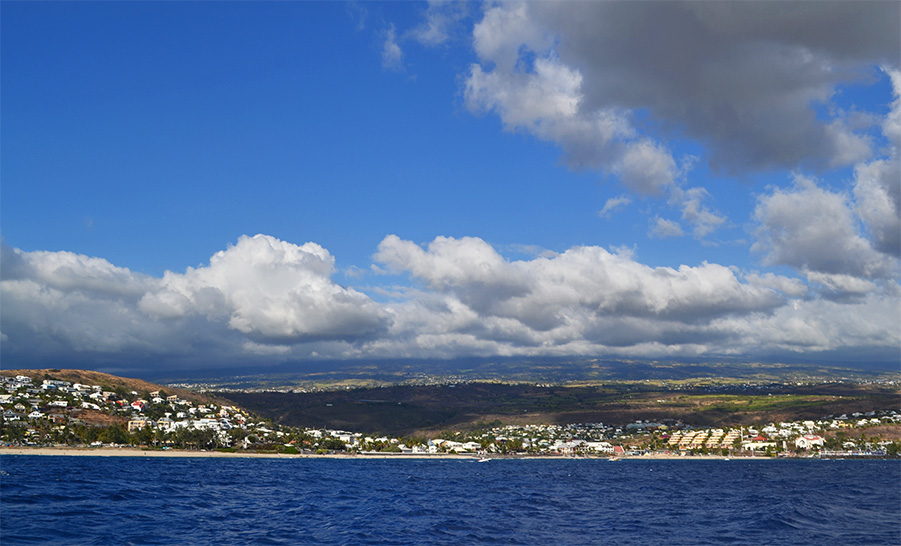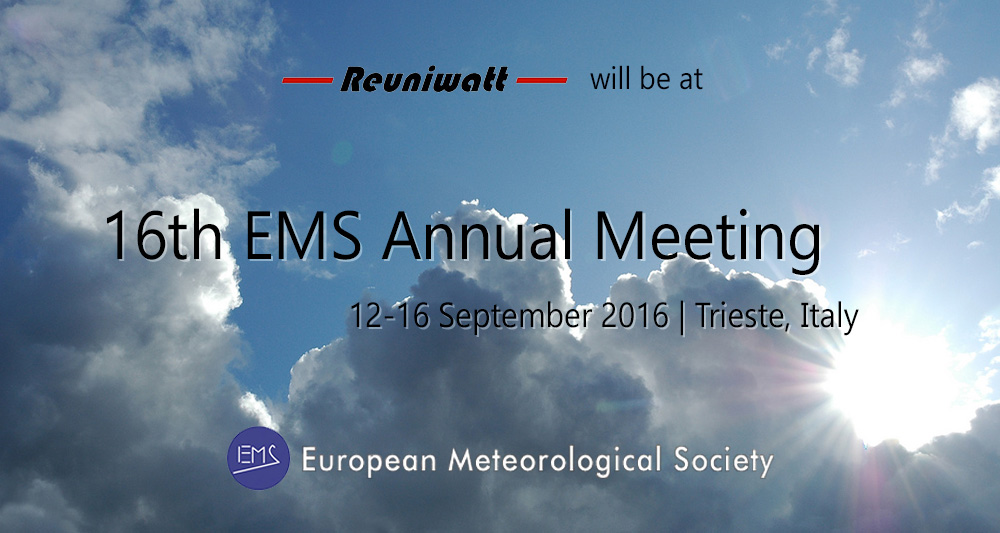At the occasion of its 16th Annual Assembly, which will take place in Trieste (Italy) from September 12.-16. 2016, the European Meteorological Society (EMS) focuses on coastal meteorology. Given the fact that nearly 40% of the European population lives within 50 km from coasts, the quality of weather forecasts is crucial since it largely impacts the safety and the economic activity of insular and littoral areas.
As a solar generation forecasting specialist, Reuniwatt is particularly concerned by this topic in insular and coastal areas. More than 6 million inhabitants of the European outermost regions live next to the seashore. Photovoltaic energy represents a real opportunity for these territories, because it enables a local production and thus fewer dependence on costly fossil fuel imports. Despite a high solar potential in these subtropical areas (where most European outermost regions are located), there is a real challenge to achieve a high penetration of solar energy. Indeed, islands have non-interconnected power grids, which means that the balancing between the generation and the load cannot be compensated by exchanges with neighbouring grids. An error in the solar generation forecast is thus more costly than in continental areas, when the coastal weather often faces complex and hardly predictible evolutions of the cloud cover.

The “Energy and Meteorology” session of the EMS conference has been constantly growing these last few years. Reuniwatt will be presenting its new intraday solar radiation forecasting methods using satellite images. These tools are particularly suitable for the monitoring of the evolution of the seashore cloud cover, which is inefficiently covered by classical weather models. Thanks to machine-learning methods, Reuniwatt optimizes the information extracted from the various cloud patterns observed from space. The case study presented at the EMS conference focuses on the Indian Ocean, which is fully covered by the European satellite Meteosat-7. It is important to note that Reuniwatt’s method is also operational for the other geostationnary satellites (Meteosat-10, GOES-13 & 15, Himawari-8), and can thus be applied to all European outermost regions.
These activities are in addition to the research work led in collaboration with the University of La Réunion regarding nebulosity day-ahead forecasting using satellite data assimilation. Through these R&D activities, Reuniwatt emerges as an important player of insular territories’ energy independence development.
Attend our presentation:
Entitled “Satellite-based solar irradiance assessment and forecasting in tropical insular areas”, the conference will take place on Wednesday 14/09 at 16:15, as part of the “Energy & Meteorology” session.
